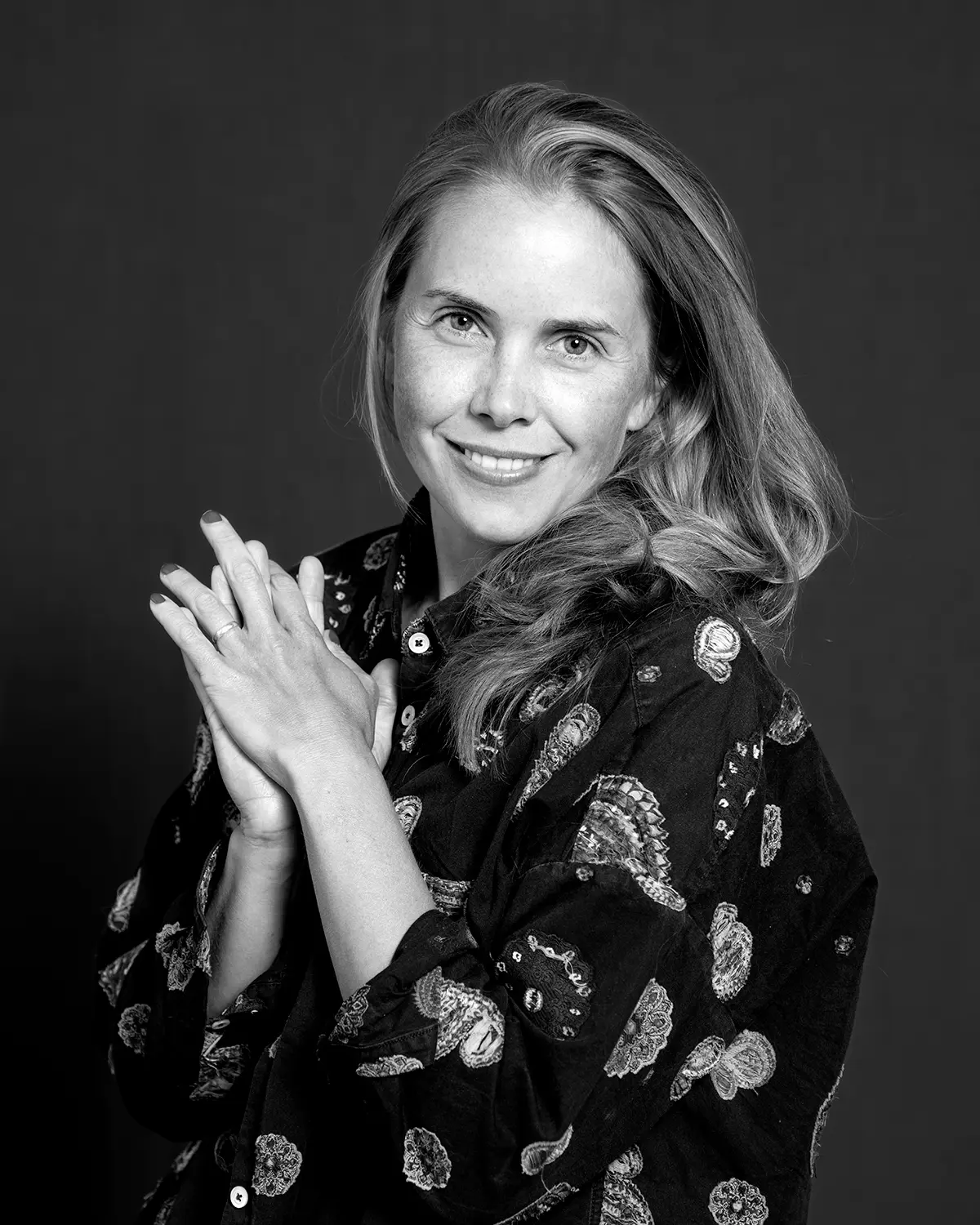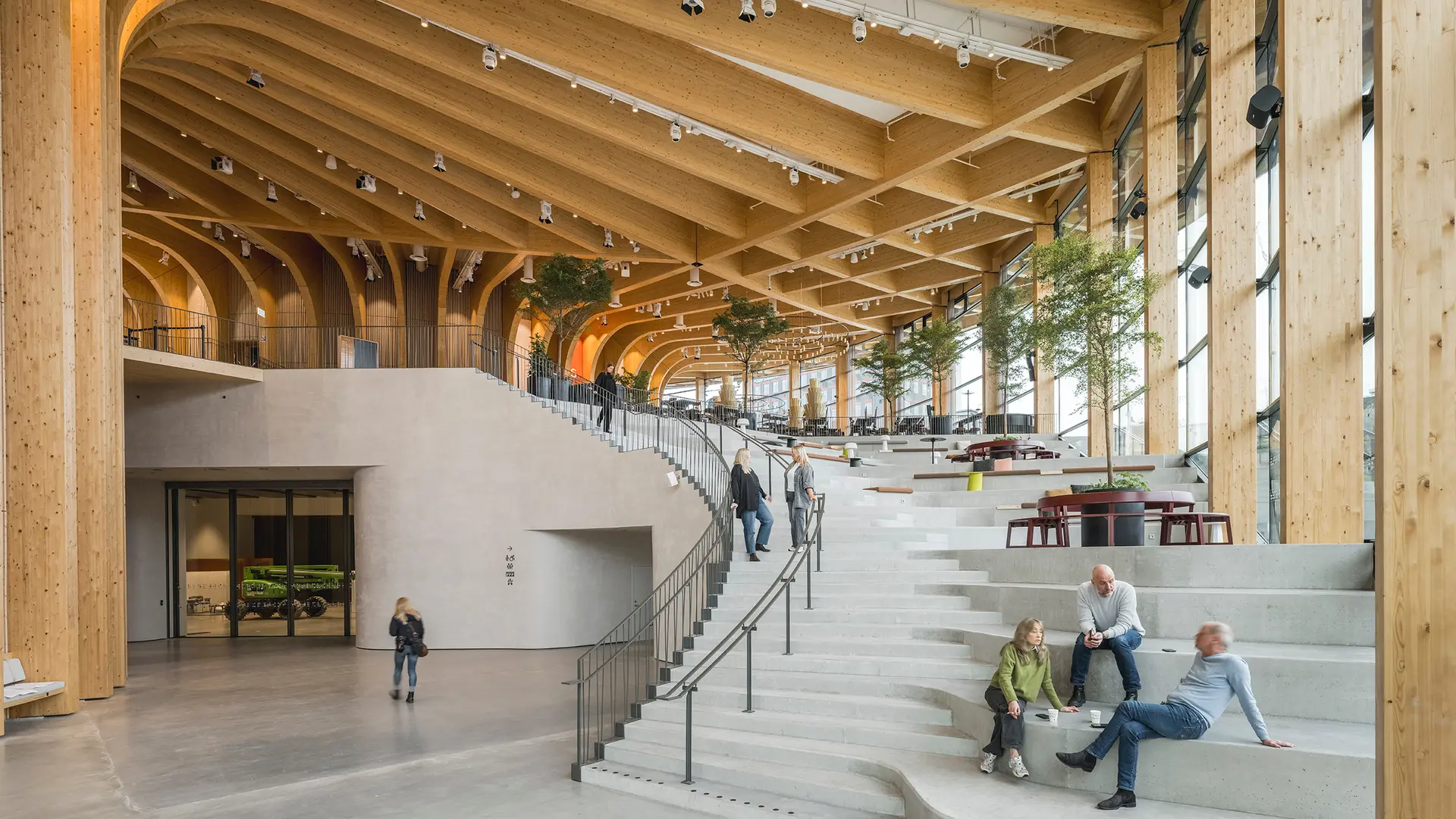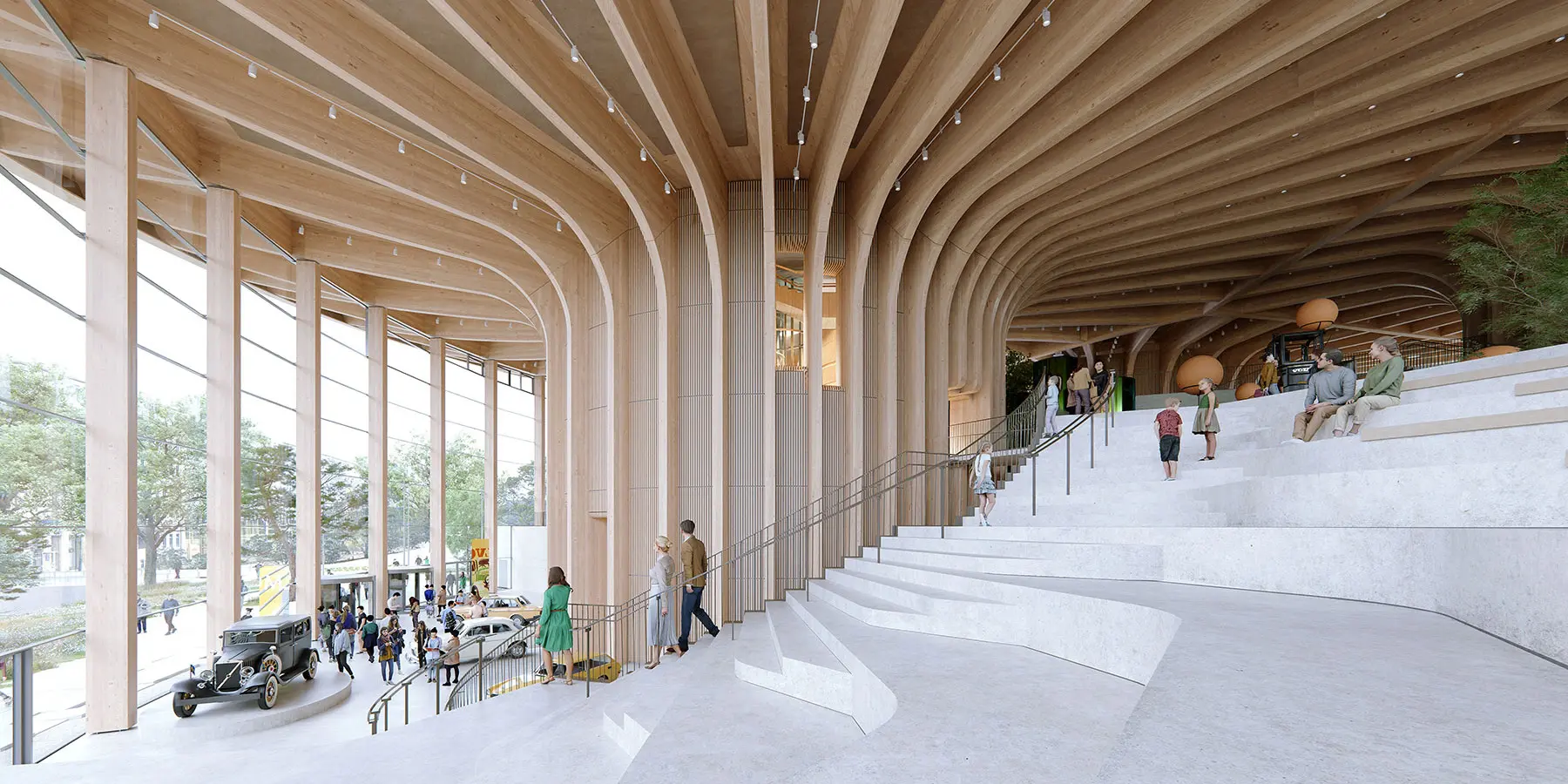From concept to construction through model-making

In today’s fast-paced design world, where high-speed renders and AI tools drive instant outcomes, physical models are the antidote, offering the design team the opportunity to slow down. From initial sketches to refined prototypes, model-making requires hands-on practice, reflection, and a collaborative exploration of complex ideas.
Contact

Modelshop Coordinator

Greta Tiedje
Global Design Director
Model-making is a fundamental part of how we design. Each model evolves alongside the design, allowing us to build, test and revise — not to perfect, but to uncover new meanings. Through this tactile, multi-sensory process, models reveal what digital tools alone cannot: the spatial, material and sensory qualities of architecture as it begins to take form.
“In our Copenhagen modelshop, model-making merges analogue craft with digital precision to form a hybrid process. An integrated and research-led approach allows us to engage critically with materiality, craftsmanship and the environmental responsibilities of design.”
Angelika Chantzopoulou
Modelshop Coordinator

Building models, building understanding
Models were fundamental to the design process for World of Volvo in Gothenburg, Sweden. Awarded through an interview competition in 2018, the project began without an upfront design proposal. Instead, we engaged in continuous dialogue with the client, using physical models as a central tool for exploration and collaboration.
From early landscape studies to precise structural prototypes, the building was developed through a series of physical iterations. Models allowed our team, the client, and collaborators to explore complexity — from sculptural roof forms and microclimates to acoustic details and material behavior — at multiple scales.

“Physical models do more than represent the design, they reveal it. At World of Volvo, each model that moved between scales, brought us closer to the essence of the project.”
Angelika Chantzopoulou
Modelshop Coordinator




The process began with hand-cut 1:200 topography levels to test site flow and program in collaborative workshops. As the design evolved, so did the models — shifting scales to reveal new challenges. When the roof proved too complex at 1:200, we scaled down to 1:250 for clarity.
Physical models also drove key design shifts: relocating exhibition spaces from roof to landscape and redefining the building’s relationship to its urban context. Throughout, a custom digital script translated model geometry into structural data, streamlining dialogue between architects and engineers.
Models became a shared language for architects, engineers, the client, and all stakeholders involved — a hands-on tool where trial and error uncovered the design’s complexities and guided key decisions as the project took form. Ideas that were difficult to express in drawings or words became understandable through hands-on exploration. The model was not just a form of representation, but a tool for dialogue, discovery and decision-making.
01/06









